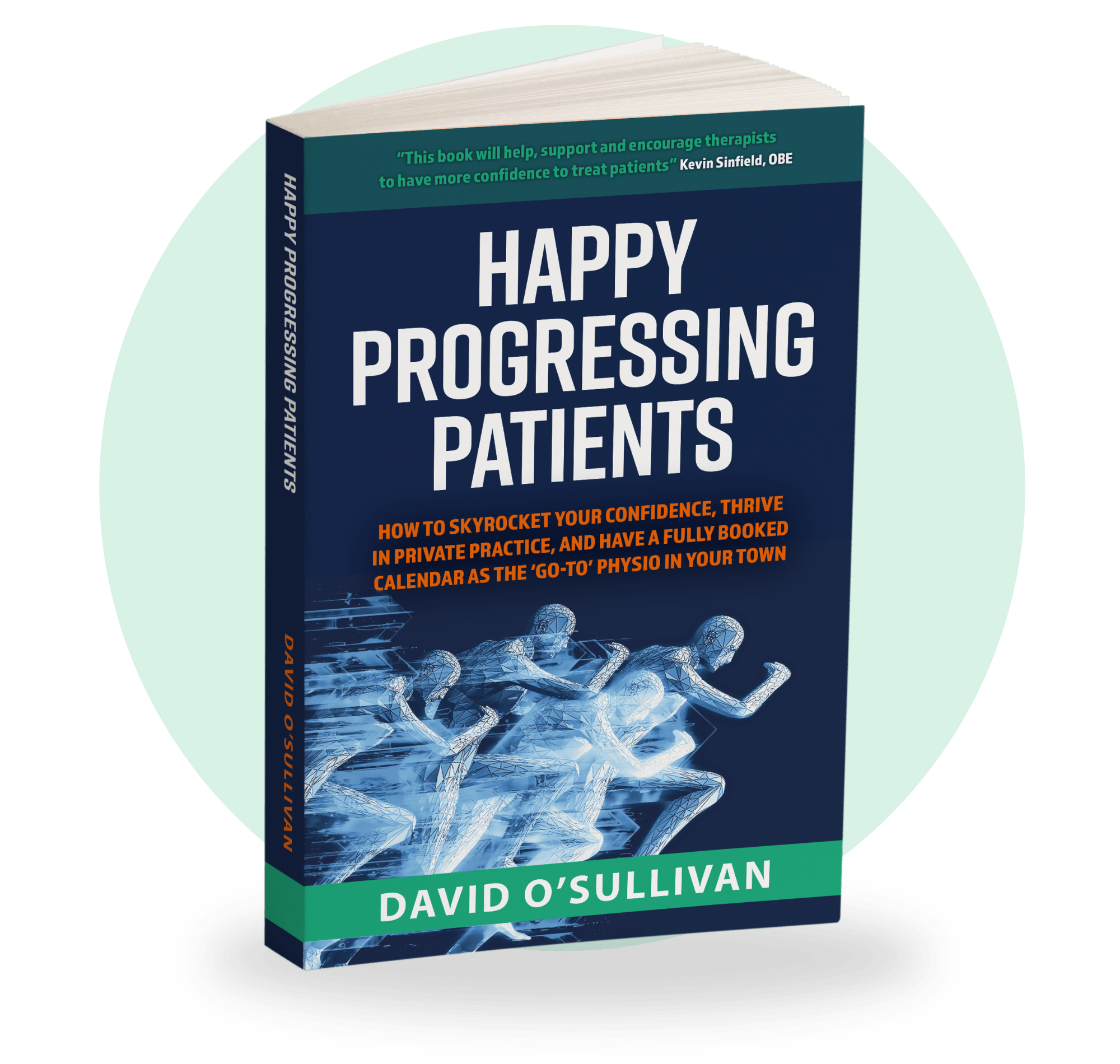
Reality – Expectations = Patient’s Level of Happiness
Patients come to you expecting a service. If they are seeing you for back pain, they expect you to help them get rid of it. That’s the service we provide.
Some patients might expect to be pain-free in 2 treatments, whereas others may expect it to be a long term improvement over a larger number of sessions (usually influenced by prior experience, word of mouth, etc).
As a therapist, it’s important to set expectations in the very first session to avoid any problems down the line. It’s your job to find out exactly what the patient expects, and if it doesn’t align with your treatment plan educate the patient why things are going to be a little different than they were originally expecting.
While this can be uncomfortable to do, it will save you a lot of hassle down the line. The formula below is so true when it comes to treating people in pain:
Current Reality – Expectations = Patient’s Level of Happiness
If you get 3 sessions in with a patient and they expected to be back running, but the reality is they can’t even lunge pain-free, their not going to be very happy. Their expectations were greater than the reality, leading to negative happiness:
Current Reality (painful lunging) – Expectations (expected to be back running) = Not Happy
If we sat the patient down in the first session and told them that it’s probably going to take us 4 sessions to get them to the point of being able to lunge pain-free, then another 4 sessions until they can run, we can avoid this problem. Whilst they may be surprised to hear it’s going to take longer than they expected, at session 3 they won’t be starting to lose hope:
Current Reality (painful lunging session 3) – Expectations (expected it to take 4 sessions) = Happy so long as seeing progress
Then when we get to session 6 and the pain is gone:
Current Reality (no pain 6 sessions in) – Expectations (going to take 8 sessions to get to this point) = Happy Patient
Now I’m not saying tell a patient it’s going to take more sessions than you think it is, but I’d rather on the side of being over-cautious than set unrealistic expectations. Just be honest with them, and tell them how many you ethically think it’s going to take. You can always cover yourself with the caveat “everybody is different” and it might take a couple give or take either side.
So next time you’re setting expectations with your patient, think seriously hard about where you expect to be 3 sessions down the line. Don’t over-promise if you can’t guarantee that you’ll deliver in that time-frame, or you’re probably going to have some unhappy patients!
Get Your FREE Copy Of The Amazon #1 Bestseller That Holds The Secret To Confidently Treating Any Patient!
Download a Free ‘ebook’ copy of the 8-Step ‘World Cup’ Treatment Plan that helped my private patients achieve full recovery and made me a ‘go-to’ physio for complex cases…
